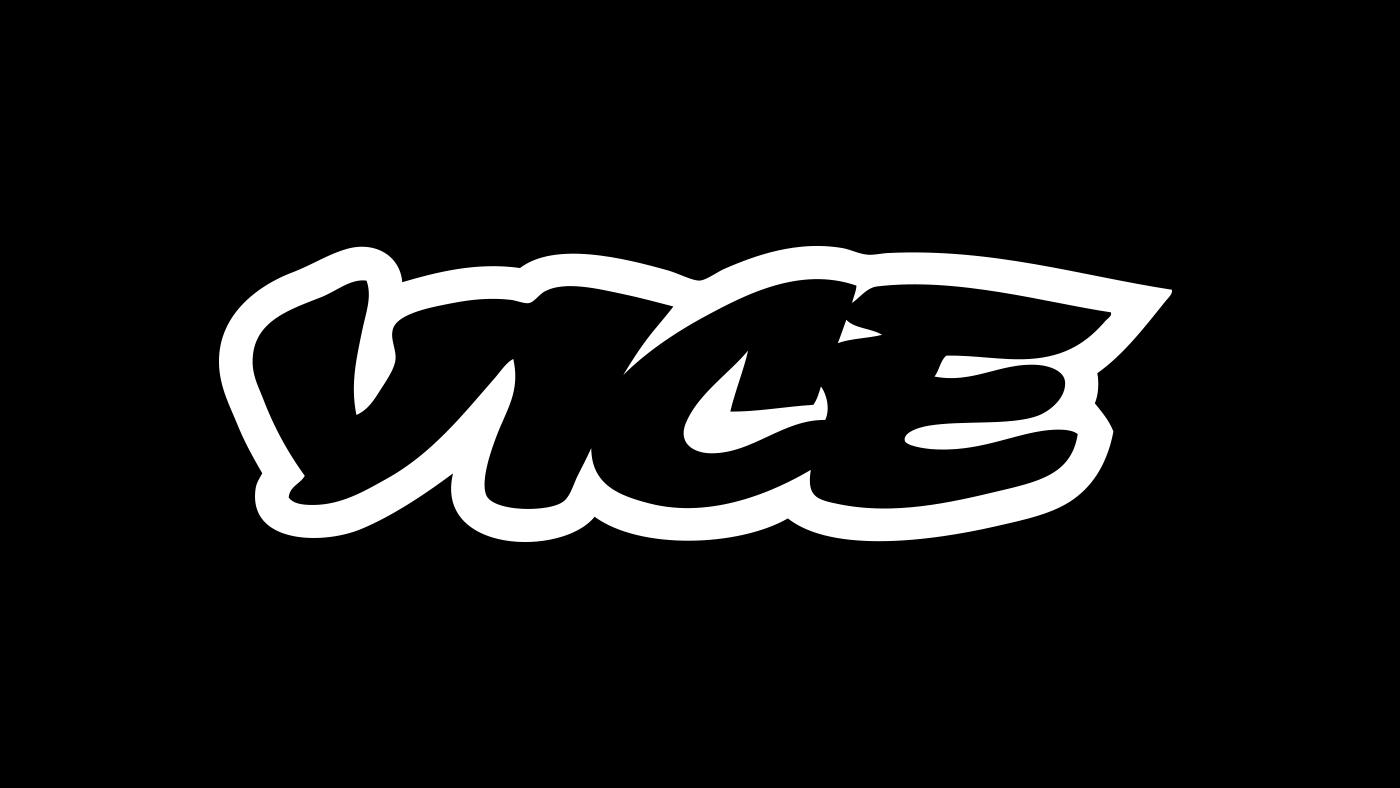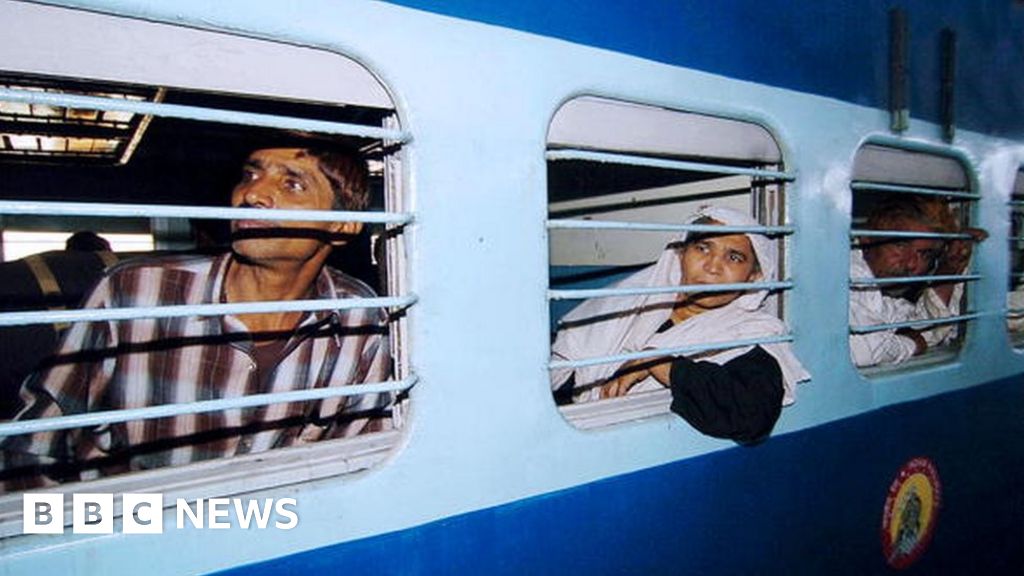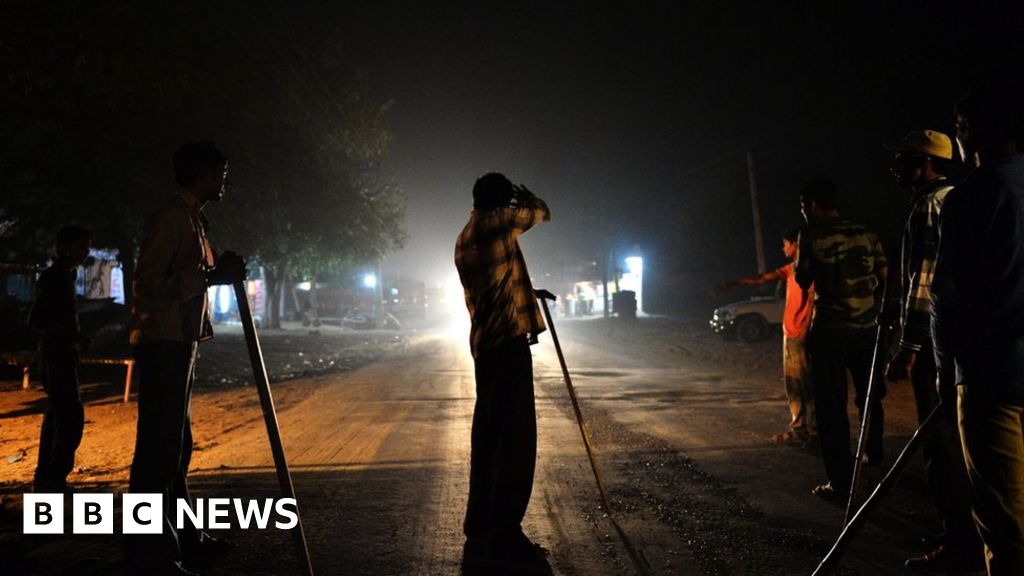Engineering goods exports from India reach record high in 2024-25, hit $116.7 billion
19h•
3 min read
Markets today
NIFTY▲ +1.03%
SENSEX▲ +1.10%
Gold▼-0.04%
Engineering goods exports from India reach record high in 2024-25, hit $116.7 billion
Registering a year-on-year growth of 6.74 per cent, engineering goods exports from India reached its all-time high of USD 116.67 billion in fiscal 2024-25, surpassing the previous high of USD 112.10 billion achieved in fiscal 2021-22.
The value of total engineering exports stood at USD 109.30 billion in 2023-24.
While the US remained the top destination for Indian engineering exports in 2024-25, significant export growth was also noted in the UAE, Singapore, Nepal, Japan, and France, according to the Engineering Exports Promotion Council (EEPC), which issued a statement on Sunday.
Engineering goods exports to the US grew 8.7 per cent to USD 19.15 billion in 2024-25 from USD 17.62 billion in 2023-24.
Notably, engineering exports outweighed the broader merchandise exports in terms of growth as India's exports saw a marginal 0.08 per cent year-on-year increase in 2024-25.
As a result, the share of engineering exports in India's overall merchandise exports increased to 26.67 per cent in 2024-25 from 25.01 per cent in the previous fiscal.
"The performance of Indian engineering exports was remarkable in 2024-25 as it came during a period of extreme global uncertainty following geopolitical disturbances and economic slowdown in major developed and emerging nations. This was further aggravated by US President Donald Trump's decision to raise import duty on dozens of its trade partners, including India," said Pankaj Chadha, Chairman, EEPC India.
 Related video: How India Plans To Dominate Global Trade By 2047 | Piyush Goyal’s Vision (Business Today)
View on Watch
Related video: How India Plans To Dominate Global Trade By 2047 | Piyush Goyal’s Vision (Business Today)
View on Watch
As many as 28 out of 34 engineering panels recorded positive growth. In comparison, the remaining six engineering panels, including iron and steel, as well as non-ferrous sectors such as copper and aluminium products, office equipment, other construction machinery, and mica products, recorded negative growth during April-March 2024-25, the Council stated.
North America maintained its spot as the number one export destination with a share of 20.5 per cent, followed by the EU (17.1 per cent) and West Asia and North Africa (16.7 per cent) in 2024-25.
In cumulative terms, all regions experienced growth, barring Oceania (-10.4 per cent) and the EU (-1.9 per cent) in the financial year ending March 2025.
Despite achieving a record high figure in 2024-25, Indian engineering exports declined every month in March 2025. Engineering exports in March 2025 were recorded at USD 10.82 billion, down from USD 11.27 billion in March 2024, representing a 3.92 per cent year-over-year decline.
"In the coming days, the engineering exporting community of India needs to prepare for the continually changing and uncertain global trade dynamics. Global trade is undergoing significant disruptions, the most important being the announcement of US President Donald Trump's "Liberation Day Tariff," which has already sparked retaliatory measures from other countries and concerns about global economic stability," said Chadha.
The WTO has already sounded caution, stating that under current conditions, the volume of global merchandise trade is likely to fall by 0.2 per cent in 2025, according to the WTO, as cited by EEPC.
According to the WTO, a temporary tariff pause by the US may arrest some of the trade contraction; however, there are significant downside risks, including retaliation by other countries and policy uncertainty, which could further impact global trade volume by around 1.5 per cent, particularly hurting the export-oriented, least developed countries.
The tariffs are a new addition to the list of trade disruptions that have been ongoing in recent years, including global conflicts and the rise of protectionism.
"In this situation, it is important for the government and the industry to adopt strategies that will help us mitigate the issue to our advantage. The decision to negotiate a bilateral trade agreement with the US is a welcome step. Simultaneous to this, it is also essential for us to diversify our export destinations," said the EEPC India Chairman.
For more news like this visit
The Economic Times.











































